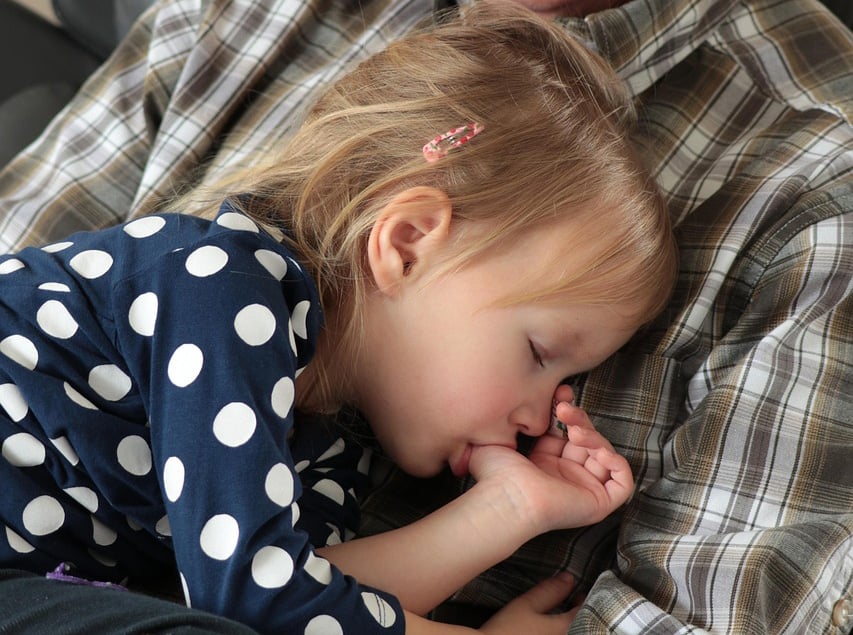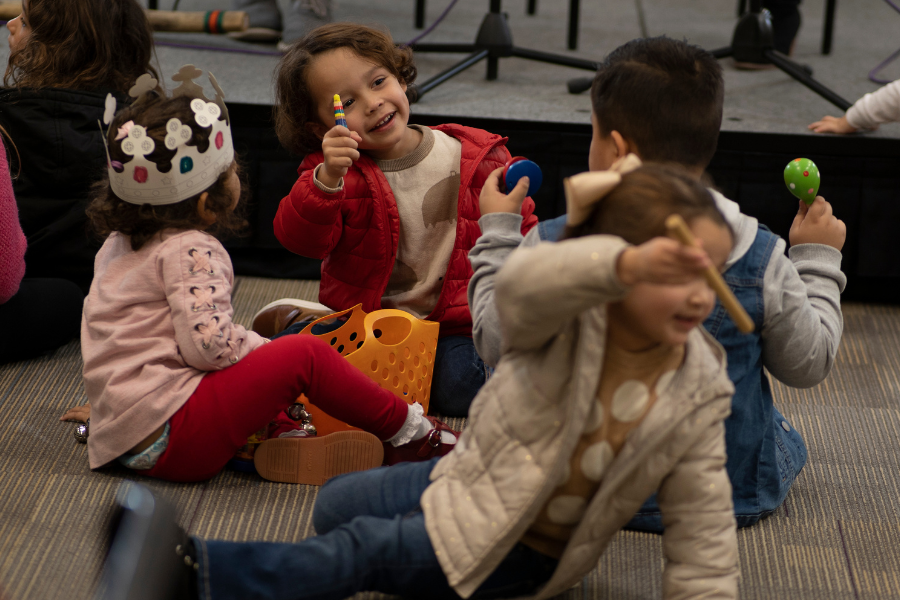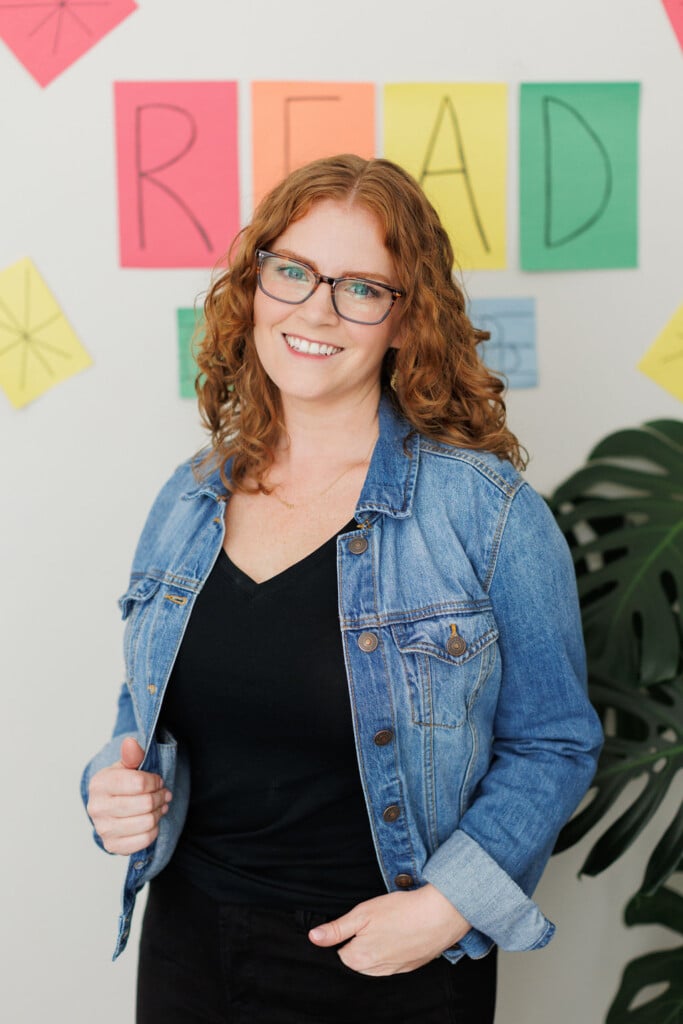ASK A MOM: Stranger danger, HPV vaccines, and sleep expectations
Molly Grantham tackles your parenting questions in this ongoing series

Q: Hi Molly! My kids are 4 and 6 and I want to talk to them about stranger-danger without giving them too much anxiety. I’ve heard about families having a code word that only safe and authorized people know so they won’t go somewhere with a stranger. Any other tips or advice for kids these ages?
A: I took your question straight to the Charlotte-Mecklenburg Police Department.
“Glad that parent asked,” says Major Brad Koch. “We’ve got five good tips parents can use for children under age eight. They can be tailored if the kids are older, but here’s a good list to get everyone going.”
1. Use the “Check First” Rule. Teach your child to always check with you before going anywhere, talking to, or accepting anything from someone they don’t know. Keep It simple: “Before you go with anyone, always ask me first!”
2. Strangers Are Just People We Don’t Know. Instead of saying, “All strangers are bad,” explain that a stranger is just someone we don’t know yet. Most people are good, but we still need to be careful and follow safety rules.
3. Safe Helpers vs. Unsafe Situations. Point out safe helpers like police officers, teachers, and store employees. Let them know if they ever feel lost or unsafe, they can go to one of these people for help. (**Pet peeve—do not tell your kids that if they do not behave the police will “get them.” We are there to be helpers, says Koch, not discipline kids.)
4. Make It Fun with Role-Playing. Turn safety into a game! Practice what to do if someone asks them for help, offers them candy, or says “Your mom told me to pick you up.” Have them practice saying, “I need to ask my mom/dad first!” then run to a safe place.
5. Trust Their Feelings and Say ‘No’. Let your child know that if something feels yucky or weird, it’s okay to say NO, run away, and tell a grown-up. Make sure they know you will always believe them and help them.
Q: My daughter is at the age where I know our doctor will discuss the HPV vaccine with us at her next well check. I know there are a wide range of varying opinions out there, so I’m looking to educate myself with the facts so she (and I) can make the right decision. Any guidance you can provide would be great.
A: “The HPV vaccine is safe and effective.” That is straight from Dilworth Pediatrics’ highly respected pediatrician (to many in Charlotte), Dr. Sameena Hassan.
“The HPV vaccine was originally designed to lower risk of cervical cancer by protecting us from the virus,” she says. “It’s well-known to be associated with cancer risk (the virus can also cause cancer in throat, anus, and penis). The vaccine also lowers risk of genital warts.”
Dr. Hassan says the risk of contracting HPV as an adult is about 80%. (Read: every adult is at high risk!)
“The HPV vaccine is more effective when it is started at a younger age,” she says. “We start at 10 years old in my practice, though it is approved to start at age nine. Two shots given 6-12 months apart are effective for long-term immunity. If the vaccine is started after age 15, its long-term efficacy is slightly reduced. If someone starts then, three shots are recommended for full coverage.”
She says she’s not sure about any “varying opinions” from any mainstream evidence based on science or physicians.
“There are no wavering recommendations from the CDC, AAP, or WHO,” Dr. Hassan says. “And, here’s a true story: Last month a young girl who came in for a physical told me she was excited to get ‘the cancer shot.’ She said she and her friends knew it would help protect them from cancer and had been talking about it amongst themselves. Not kidding! That was a highlight of my week.”
It also goes to show, kids discuss more than outfit trends.
As a personal addition to this answer, my 10-year-old, Hutch, got his first HPV vaccine shot at his check-up last month. The pediatrician there said all the same things.
Q: Hi Molly! My stepson refuses to sleep alone. My husband currently lays down with him and waits for him to go to sleep before coming to bed. Sometimes this takes a couple of hours! Help! We both want him (he is 8) to sleep in his own bed like a big boy… but his mom is not on board and sees no issue with him sleeping with her.
A: Reading between the lines here, you’re dealing with co-parenting in a divorce or separation situation. So, I took your question to a local therapist. Jessie Ogienko, MSW, LCSW, CCTP, is CEO at Caladrius Therapy (@CaladriusTherapy on Instagram).
“This family is not alone,” she says. “Let’s start there. Many families navigate different sleep expectations between households. The good news is, older children can understand that different homes have different rules… just like school and home have different rules.
Helping your stepson transition to sleeping in his own bed starts with setting him up for success. During the day, or even a few days before, use a calendar to count down to the change. This gives him time to emotionally adjust and know what to expect. Sit down with him and explain the new expectation: he is growing up, and part of that means learning to sleep in his own room. Involve him in the process—ask what would make his room feel more comfortable. A fun new bed set, nightlight, or stuffed animal can make a big difference.”
Ogienko adds this: Consistency is key.
“The first night will likely be the hardest,” she says. “Don’t start this change on a night when everyone needs to be well-rested the next day. Your husband should do a standard bedtime routine (with a visual timer for lying down with him if needed), tuck him in, reassure him, then leave the room. If he gets up, calmly walk him back. No long discussions or negotiations—firm but gentle consistency. Tools like a lighted alarm (such as the Hatch) can also help him know when it’s okay to leave his room in the morning.”
Ogienko also says to encourage the change, consider a reward system. The first night is a big milestone, so offer a bigger reward—something exciting to him, like a trip to an ice cream parlor or indoor play space. Then, tell him he can earn that reward again for sleeping in his bed for a full week. Over time, gradually ease down to smaller rewards, like choosing a special breakfast or staying up 10 minutes later on the weekend.
“Remember,” she says, “what seems small to adults can feel huge to kids! If he pushes back by saying he can sleep with his mom at her house, keep it simple: ‘Mom has her rules at her home, and we have ours here.’ Don’t engage in an argument—just hold the boundary calmly and consistently. The less back-and-forth, the easier for him to accept the new expectation.”
As a final thought, Ogienko says all adults in your home need to stay firm and aligned—even if it’s not the norm for the child at both homes. Kids will test boundaries, but staying consistent will help him adjust much faster. For more detailed guidance, she also suggests Solve Your Child’s Sleep Problems by Dr. Richard Ferber, which has a special section on older children.
Thank you for the questions this month. Three good ones. As always, you can submit any question, anytime, on the home page of Charlotte Parent. I’m not parenting expert (who is?) but do know how to track down expert answers for you. Use me.
Until April,
—Molly
MOLLY GRANTHAM is a four-time Emmy Award-winning journalist, speaker, author, and mom of three. Follow her on Facebook or Instagram, or visit mollygrantham.com.









